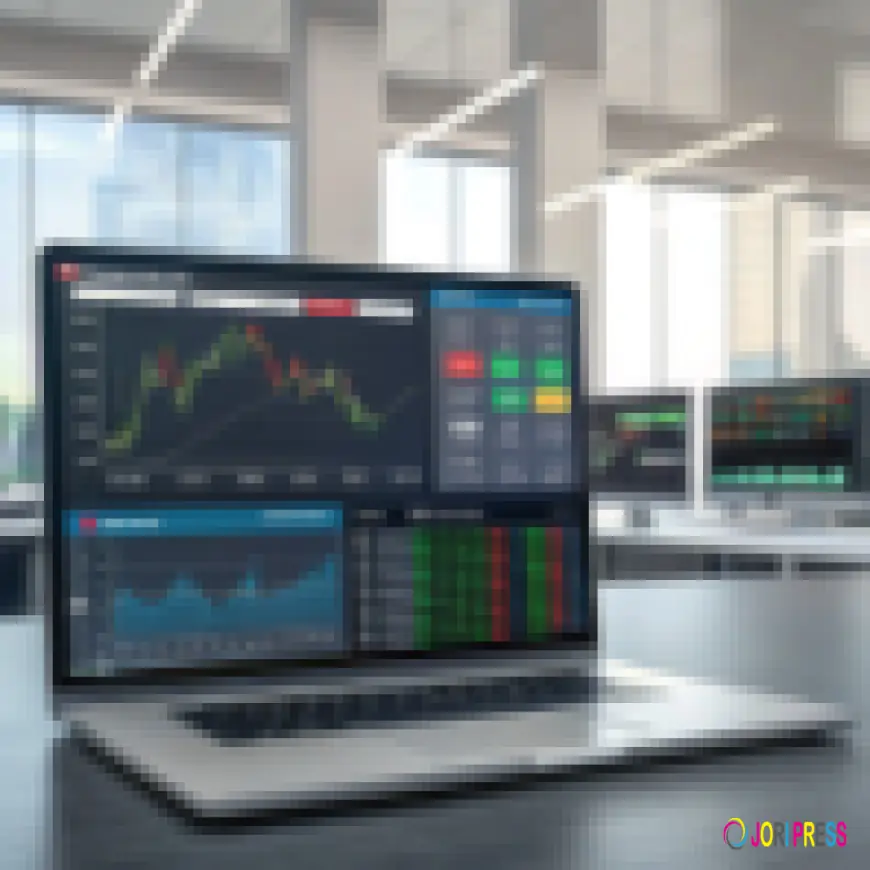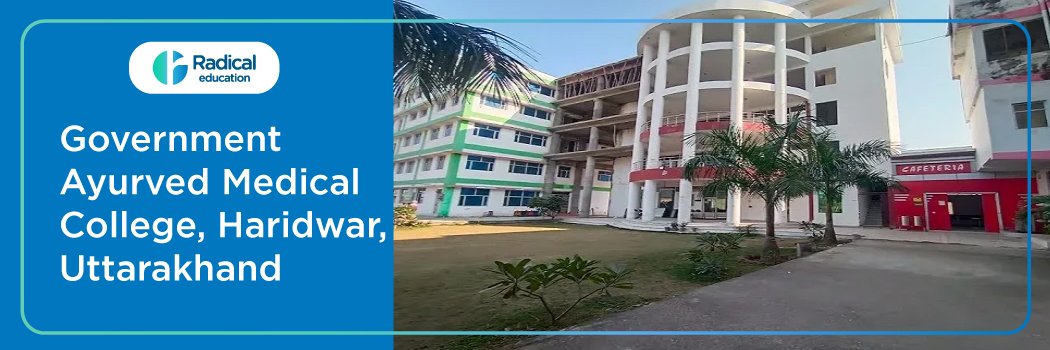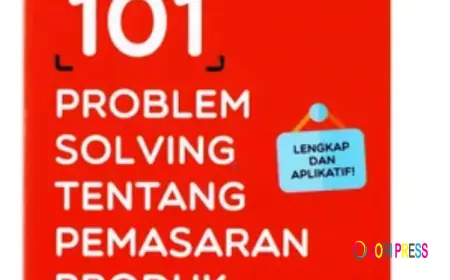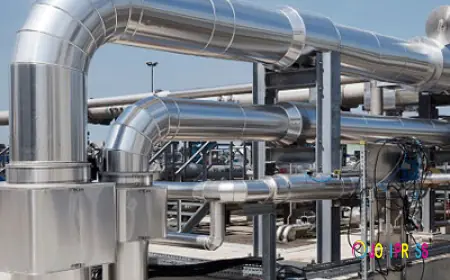The Truth About Forex Robot Performance: Setting Realistic Expectations
Sustainable automated trading focuses on consistent risk-adjusted returns rather than spectacular short-term gains, with proper risk management being more important than finding the perfect entry signal.

The world of automated Forex trading is filled with extraordinary claims of astronomical returns, often leaving traders disappointed when reality fails to match the fantasy. For South African traders considering Forex robots, establishing realistic expectations based on market realities rather than marketing promises is the foundation of long-term success. Understanding what constitutes achievable performance can prevent costly mistakes and help identify genuinely profitable systems.
Understanding Market Realities and Limitations
The Myth of Consistent High Returns
Many Forex robot vendors promote unrealistic return expectations, often showcasing backtests showing 50-100% monthly returns. In reality, sustainable automated trading typically generates more modest returns:
-
Conservative Systems: 2-5% monthly returns with minimal drawdown
-
Moderate Systems: 5-10% monthly returns with controlled risk
-
Aggressive Systems: 10-20% monthly returns with higher volatility
Systems claiming consistent returns above 20% monthly typically involve dangerous risk levels, over-optimization, or outright fabrication of results.
The Inevitability of Drawdown Periods
All trading systems, no matter how sophisticated, experience losing periods. Understanding this reality is crucial for maintaining perspective:
-
Even profitable systems typically have 30-40% losing months
-
Maximum drawdowns of 10-20% are normal for most successful systems
-
Recovery time from drawdowns can take weeks or months
Traders who panic and abandon systems during normal drawdown periods often miss subsequent profitable phases.
Key Performance Metrics to Evaluate
Risk-Adjusted Return Measures
Rather than focusing solely on total returns, evaluate these crucial metrics:
-
Sharpe Ratio: Measures risk-adjusted returns (aim for >1.0)
-
Profit Factor: Gross profits divided by gross losses (aim for >1.5)
-
Recovery Factor: Net profit divided by maximum drawdown (aim for >2.0)
Consistency and Stability Indicators
Long-term viability depends on performance stability:
-
Win Rate: Percentage of profitable trades (40-60% is typical)
Conclusion
Realistic expectations form the foundation of successful automated Forex trading. By understanding market limitations, implementing robust risk management, and maintaining disciplined oversight, South African traders can build sustainable automated trading operations.
The goal isn't finding a "holy grail" robot that generates incredible returns, but rather developing a systematic approach that produces consistent, risk-adjusted returns over time. By focusing on realistic performance targets and sustainable practices, traders can avoid disappointment and build long-term wealth through automated trading.
What's Your Reaction?
 Like
0
Like
0
 Dislike
0
Dislike
0
 Love
0
Love
0
 Funny
0
Funny
0
 Angry
0
Angry
0
 Sad
0
Sad
0
 Wow
0
Wow
0







![Introduction ?98~[(2121)]?~[{0875}] to the stock market course](https://joripress.com/uploads/images/202509/image_430x256_68bfbfdebfba4.webp)









































